The Q&A series on Troutbitten is an effort to answer some of the most common questions I receive. Here’s the latest . . .
Question
This one is from Tanner Mason, in Colorado.
How does your weight type or configuration change when you are fishing with an indicator vs fishing a tight line? Last month, I fished with a guide who said that split shot was the only match for an indicator, and weighted nymphs were the only thing to use when tight lining. Do you do the same?
Answer
Thanks, Tanner. I run into anglers who have this idea a lot. But no, I don’t agree. I simply fish whatever weight style suits the moment.
So, I often tight line nymphs with split shot and unweighted flies, because I can get very different drifts and looks than I can with weighted flies. At the next river bend I might choose to add an indicator to the setup, because maybe I can’t wade into a perfect tight lining position (see The Golden Ratio). But I don’t change the weight when I add the indy. There is no need.
Likewise, if I was fishing a weighted nymph before adding the indicator, I don’t change to split shot. Again, there is no need.
Finally, whatever weight configuration I might be using under an indicator (split shot, drop shot or weighted flies) remains that way when I remove the indy. There’s no need to change.
Many times, I’ve heard the same sentiment as you did from your guide. But when I’ve followed up to ask why, I’ve never been given a good reason (or much of any reason). It’s simply a holdover from common mindsets. Indicator nymphing arguably gained its popularity in a time without weighted flies. So split shot use was at its peak. Tight line tactics, although practiced long before the use of indicators, really have gained popularity with the push from euro nymphing, which is just tight line tactics with nothing attached to the leader but the flies themselves. And if there’s one thing that has made that possible, it is the widespread access to tungsten beads for fly weight.
There is no good argument for exclusively using split shot under an indicator. There’s also no good argument for exclusively using weighted flies on a tight line rig.
READ: Troutbitten | No Limitations. Fish Every Type of Weight Available
I do have one more point to mention. Split shot paired with unweighted flies hangs up less than weight flies. There is no doubt about this. Nymphs on jig hooks make little to no difference, and (almost) all bead head flies invert anyway. All weighted flies hang up a lot more than unweighted flies paired with round split shot. So . . .
. . . While fishing under an indicator, we surrender control of the path and the depth of our nymphs to the indy. We can’t adjust for depth during the drift to come over a rock or ride a little shallower over a deep gravel bar. And because split shot hangs up less, one could argue that it’s better suited for the weight under an indy. That’s fair. But since I’m arguing with myself here, I rarely try to bounce the bottom if I’ve chosen an indicator rig anyway. I prefer to aim for the strike zone or a little above it.
There’s a lot more to all of this, but the other articles linked above should take care of the finer points.
Have fun out there.
Fish hard.
** Donate ** If you enjoy this article, please consider a donation. Your support is what keeps this Troutbitten project funded. Scroll below to find the Donate Button. And thank you.
** Subscribe to Troutbitten and follow along. (It’s free.) **
Enjoy the day.
Domenick Swentosky
T R O U T B I T T E N
domenick@troutbitten.com
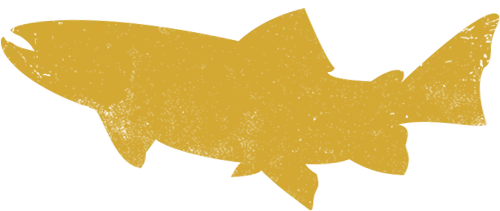

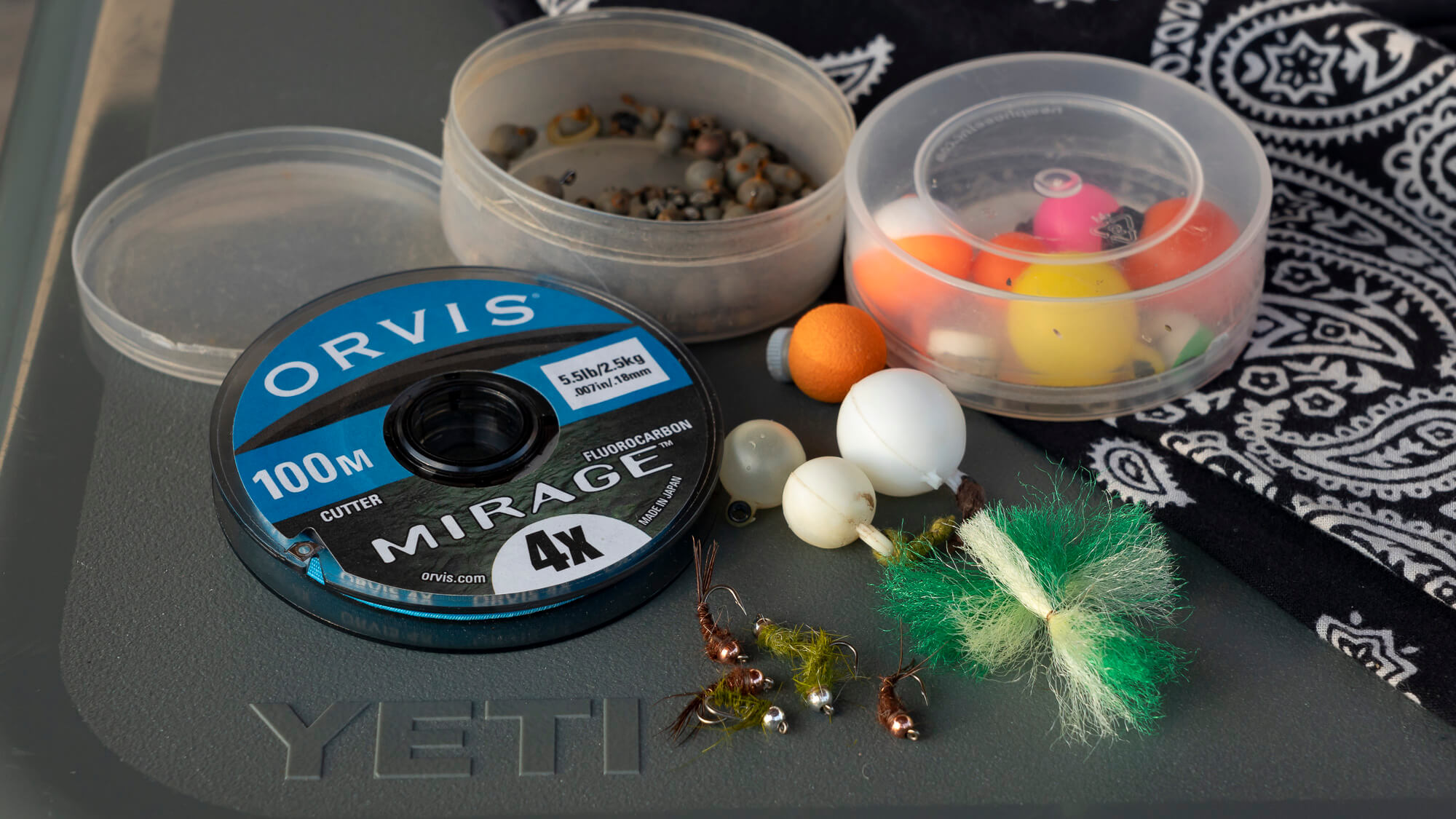
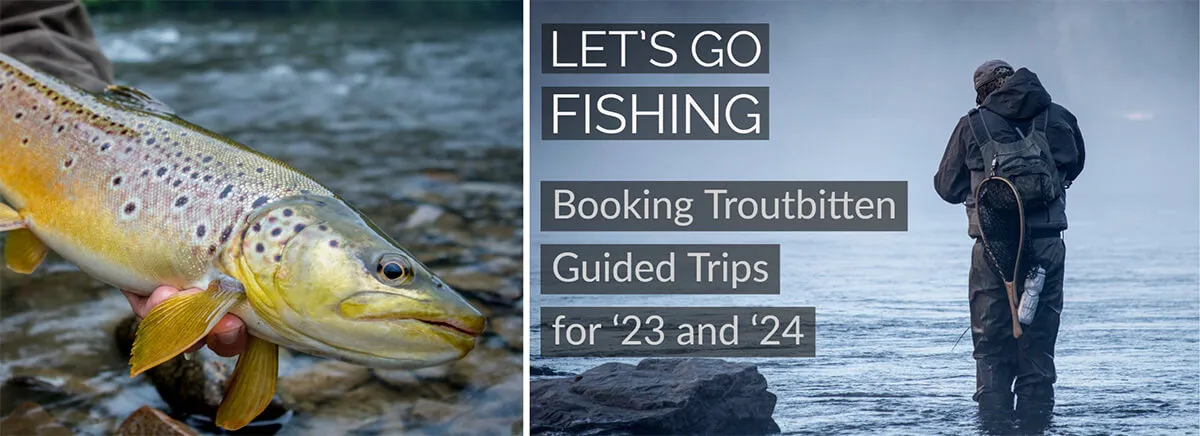
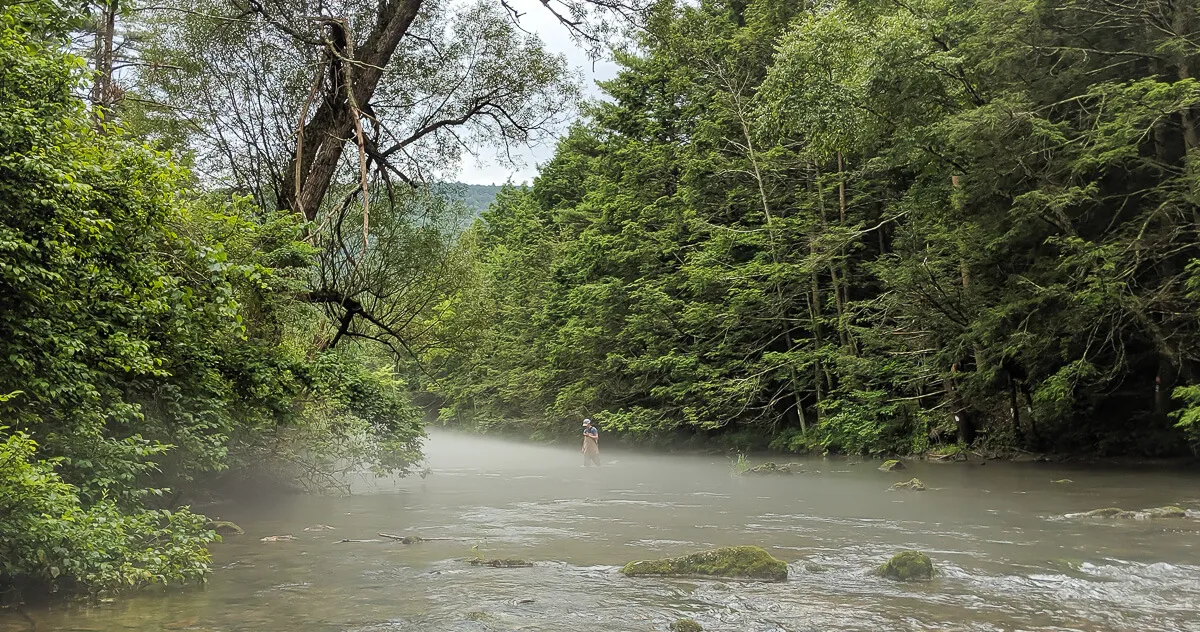
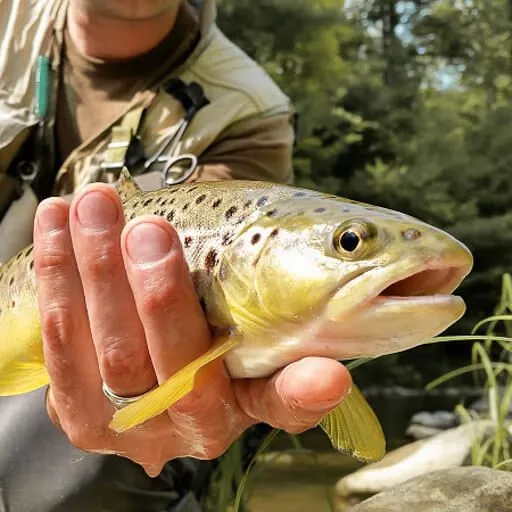


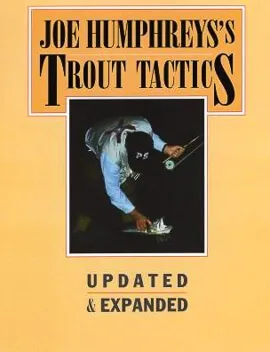
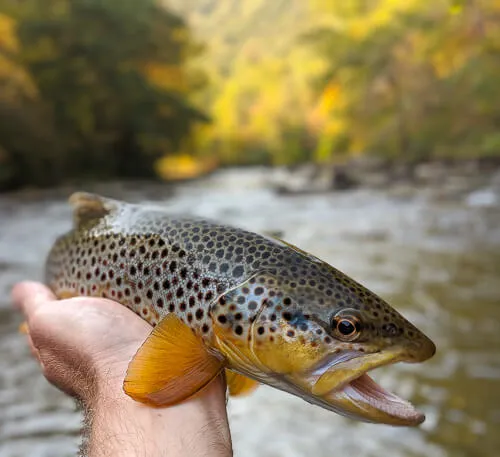
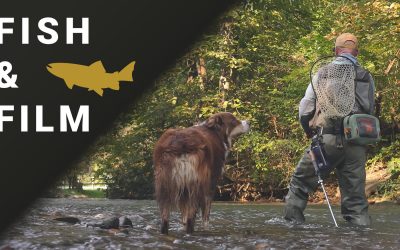
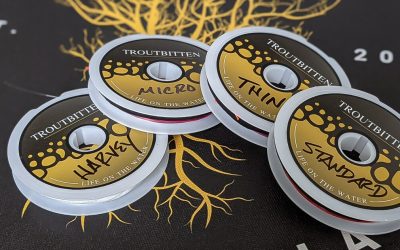
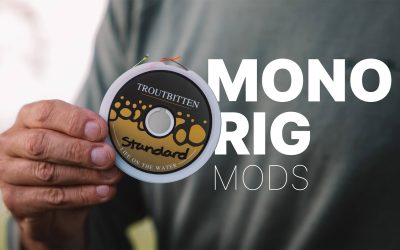
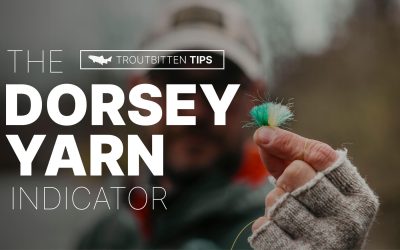
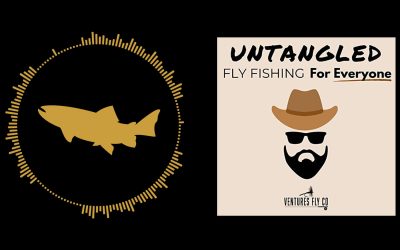
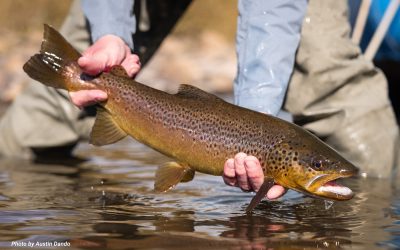
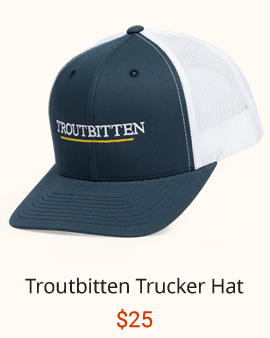

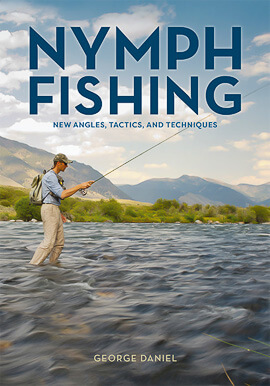
If you’ve never tried it, I encourage any of you to try the “tight line to the indy” technique. In certain conditions it is THE most effective approach. Not necessarily all the time, but sometimes. And it’s pretty cool- great drifts at distance that you couldn’t achieve with traditional indy rigs or with euro nymphing.
Try things- it’s more fun that way.
???
Yes, great stuff.
https://troutbitten.com/2017/02/14/tight-line-nymphing-with-an-indicator-a-mono-rig-variant/
And links in the article above.
Cheers.
Dom
Can we stop trying to make “Indy” a thing. It’s not a thing. 😉
Oh it’s a thing
Indi or indy?
🙂
Good article and reminder to keep an open mind about approach. As Joe Humphreys has said – the difference between a good angler and a great angler is one split shot. I think he said that….
It can certainly make a difference. An extra shot can also make things go south pretty quickly as well.
Cheers.
Dom
I used to get so caught up into “styles” and “weights”. I needed every pattern in 4 or 5 hook sizes, and different weights on each size/pattern. Tight Line, Euro Nymph, Dry Drop, etc. I have finally come to terms, that every time I wade to a different type of water, I may or may not have to change my presentation, and need to figure out how I get my fly to the zone I’m fishing in front of me. I have caught plenty of fish with a tight line technique that maybe should have an “indy” (it’s a thing :-)), but my hand was steady and I caught a fish. I don’t think the fish care about weight and technique, but they do care if something flashy and looks good to eat is in their zone and they want to eat it. To original point. Learn the styles, but you do you. Do what you are comfortable with. If the guy ahead of you catches more fish because he has a different style. That’s great, but doesn’t mean you can’t catch more with your own styles. Sometimes I know I should change up, but I don’t because I don’t feel like it…hahahaha… but I keep on trucking. I’m usually pretty satisfied by the end of the day. After a while, you will learn how to catch fish. The weights and patterns are second nature in my world now. Just enjoy the day, and take in some River Therapy. Keep rocking Dom & party!